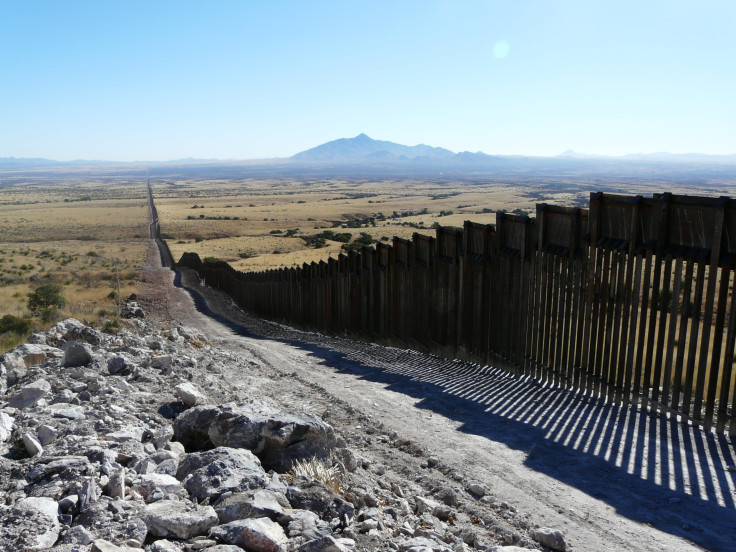Trump’s US-Mexico Border Wall A Disaster For Wildlife Biodiversity, Among Other Things

A 2,000-mile long proposed border wall between the United States and Mexico — one of President Donald Trump’s many ludicrous ideas that he articulated repeatedly during his election campaign but seems to have mostly forgotten about since — has not yet been given the necessary funds for construction by the government. And that is good news for a sizeable population of creatures that can’t even read the news.
In a feature published online Wednesday, science journalist Lesley Evans Ogden describes the potential impact the border wall would have on wildlife biodiversity. In the article titled “Border Walls and Biodiversity,” Ogden wrote: “If the wall is completed, it will create a considerable biodiversity conservation challenge — one unlikely to disappear anytime soon.”
To arrive at that conclusion, she spoke with a large number of researchers who study the fragmentation of animals’ habitats and the impact on animals by barriers to their movements.
Read: Global Biodiversity Falls Below ‘Safe’ Limit
Aaron Flesch from the University of Arizona, along with five collaborators, studied bighorn sheep and pygmy owls in the border area and published their findings in 2009. Both species were found to exist in small, fragmented groups on both sides of the border, with groups separated by as much as 12 to 13 miles. He told Ogden that organisms, both large and small living in naturally fragmented environments, need to move between patches to survive in the long term.
Species in the U.S.-Mexico border region are no exception. Melanie Culver, a conservation geneticist at the U.S. Geological Survey’s Arizona Cooperative Fish and Wildlife Research Unit said to Ogden: “Genetics shows us that there is connectivity.”
This genetic diversity would suffer if a wall was to be built along the whole length of the border, which would effectively isolate regional wildlife populations. That leads to inbreeding, which in turn drives down numbers of the species. This has prompted, among other things, a lawsuit by Rep. Raúl M. Grijalva, (D-AZ), a member of the House Committee on Natural Resources, which blocks the wall construction till an environmental impact study is completed. The study will also look at the impact of the wall on endangered species.
A border affects wildlife populations even if there isn’t a barrier limiting their mobility, simply because of the increased human activity near the border, especially border patrols, Ogden reported.
Read: Impact Of Human Consumption On Global Biodiversity
While there are examples of positive consequences of border walls — such as the Asiatic wild ass finding a safe sanctuary in Mongolia, across the border from China where it is illegally hunted — most such instances are negative.
And what is perhaps most damaging to an argument in support of the wall, photographic data captured between March 2010 and May 2011 — collected using camera traps at four locations where there was already at least a 0.6 mile stretch of a steel barrier about 15 feet high — showed the wall was not effective in keeping out the one species it was designed for: humans. There was no difference, in statistical terms, in the numbers of smugglers and undocumented migrants in walled areas compared to parts without walls.
Jamie McCallum, consultant at Transfrontier International Limited in London, who with his colleagues carried out the camera trap work, said to Ogden: “I thought it would have at least some kind of trace of an effect, even if it wasn’t a statistically significant finding. But it didn’t appear to.”
Ogden’s piece appeared in BioScience, the monthly journal published by the American Institute for Biological Sciences.
© Copyright IBTimes 2024. All rights reserved.











